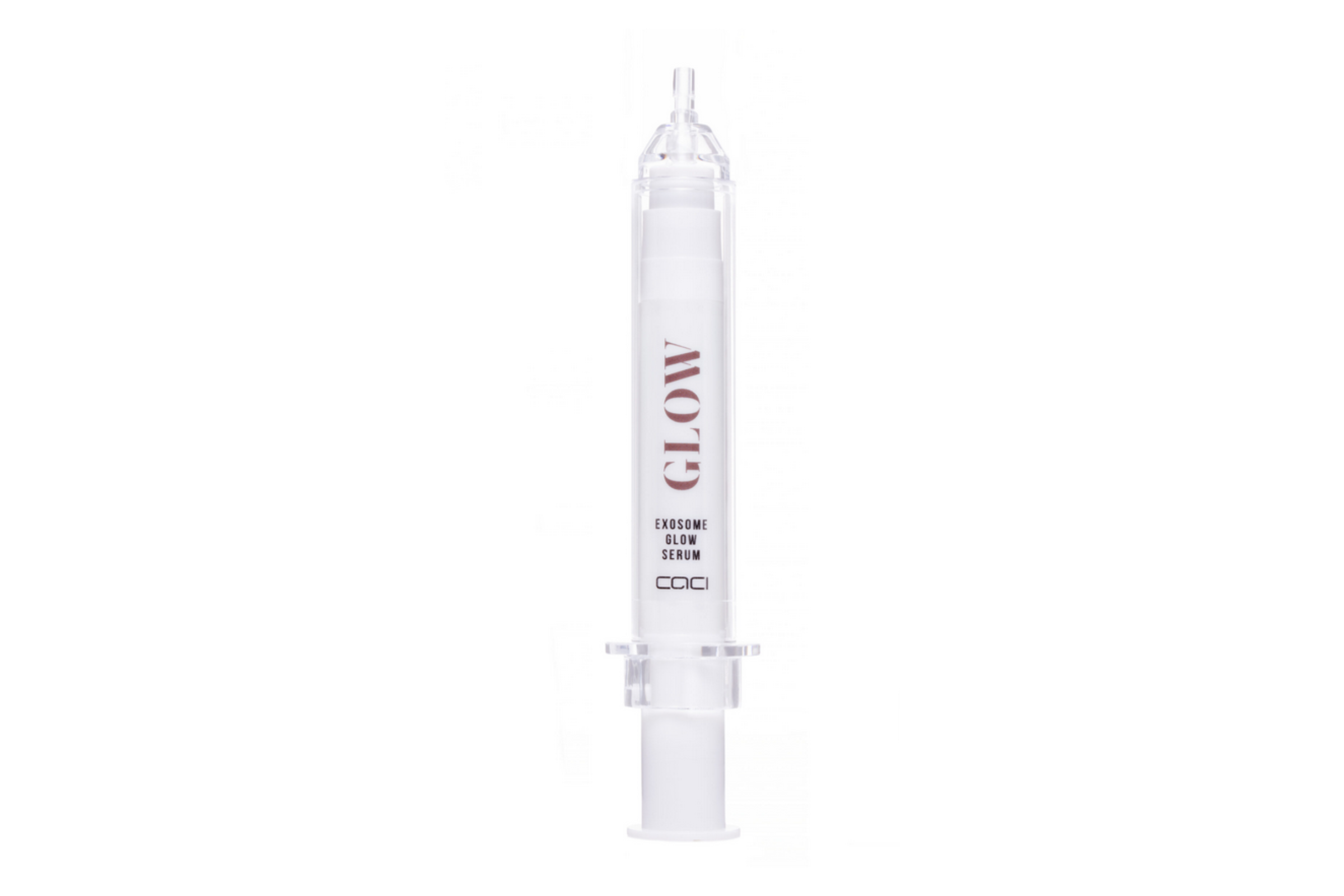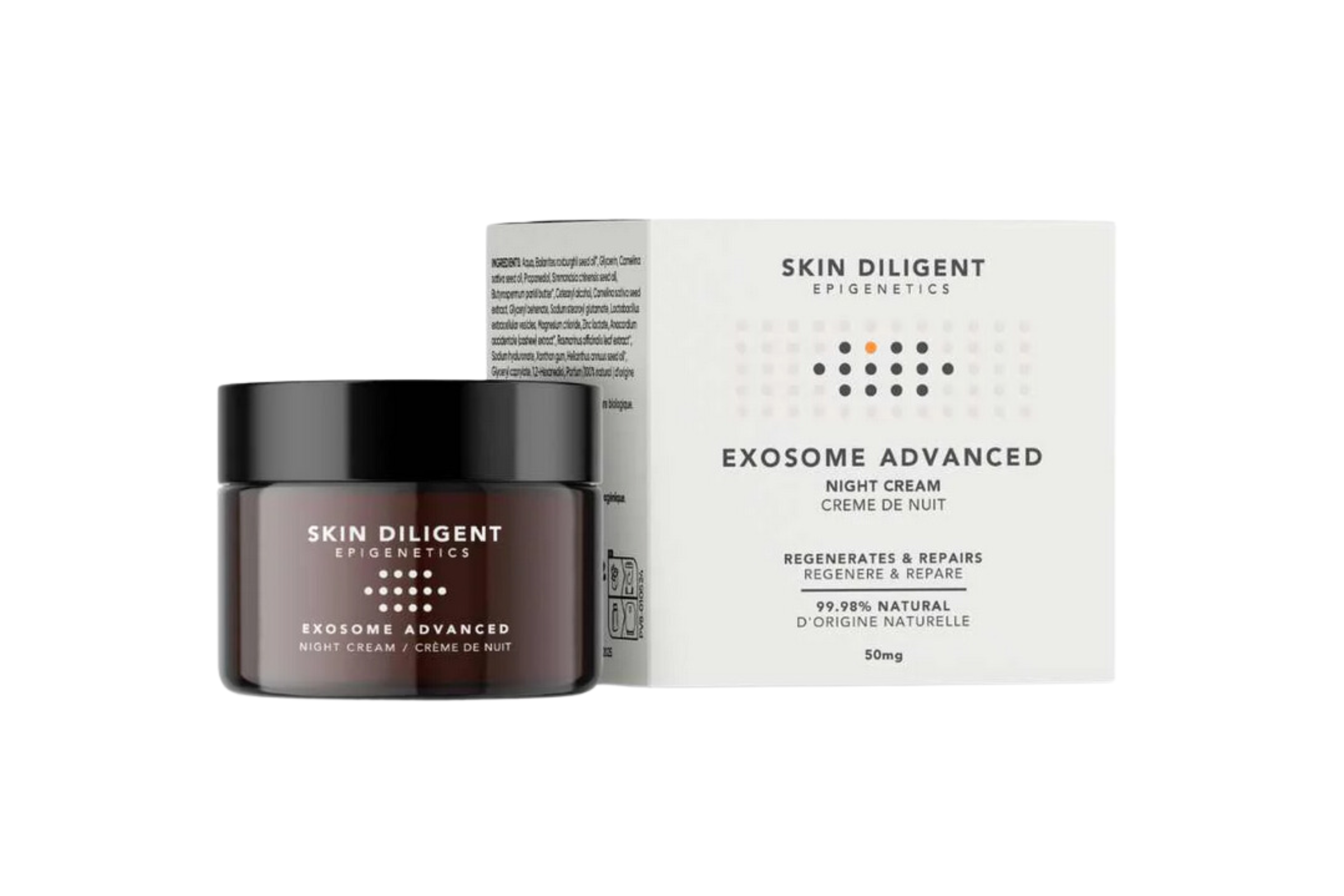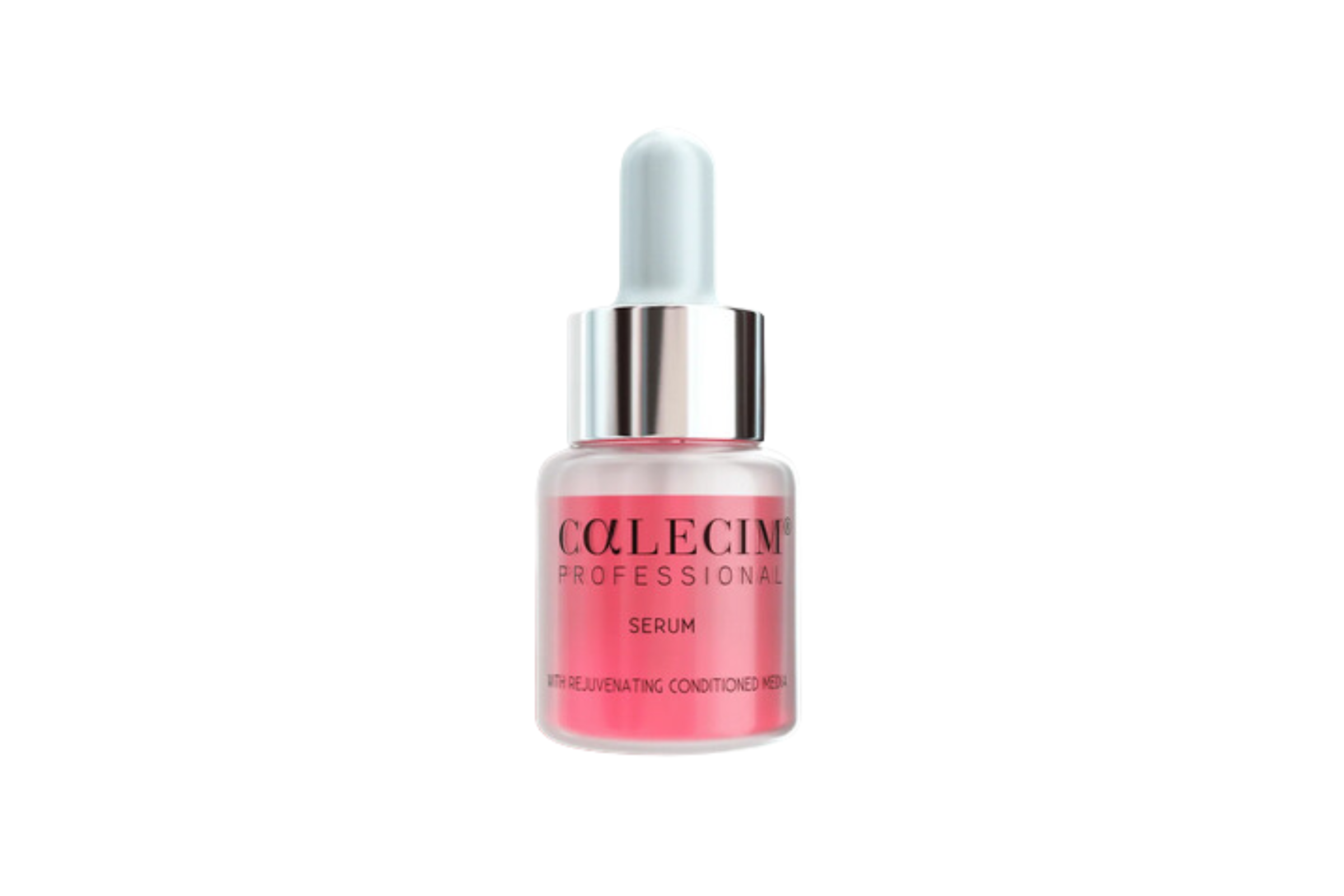Healthy Skin
Exosomes: the skincare ingredient causing a buzz in the beauty world
With so many trends in skincare, it can be challenging to know which ingredients are worth spending our hard-earned cash on. So, when we heard news of an ingredient that can encourage older skin cells to behave like younger ones, we knew we had to investigate.
Enter: the exosome – the latest buzz in the beauty world that’s showing promising results for skin rejuvenation.
But, is it all too good to be true? We asked the experts to find out more.
What are exosomes?
While exosomes are naturally-derived ingredients, they reach further into the biology textbooks than anything we’ve seen on our bathroom shelves before.
“Exosomes are extracellular voyagers,” shares Tule Park, founder of Skin Diligent. “They are tiny pods produced by almost all living cells including humans, animals, plants and bacteria.”
The theory is that exosomes help to carry lipids, proteins and genetic information between cells. These then guide other cells to behave in certain ways.
“These messengers play a crucial role in helping to support skin rejuvenation and tissue repair by encouraging older skin cells to behave like younger ones,” Lauren Evans, product innovation lead at CACI, adds.
“It’s worth bearing in mind that different exosomes carry different cargo,” says Tule. “Their efficacy depends on what they were programmed to resolve in the first place.”
The development of this technology has led to the creation of exosome-based products and treatments to treat a raft of skin issues.
From accelerating tissue regeneration, hydrating skin and improving skin tone to reducing inflammatory skin conditions like psoriasis, eczema and rosacea, exosomes are proving to have widespread appeal.
Hope for thinning har
And, they’re also showing promise for hair care, with use across the scalp to promote hair growth.
“The expectation is to stimulate hair growth, improve scalp health, and potentially thicken existing hair by enhancing cellular communication and regeneration,” explains Natalia Souza, trichologist at Reflect Hair.
“Multiple treatments are often recommended for optimal and sustained results. Patients might start seeing improvements within a few months, and the results may last from six months to a year.”
What happened when I tried exosomes
Makeup artist and beauty writer, Naomi Lake, explains what happened when she trialled a skin treatment utilising exosomes at The Highgrove Skin Clinic, Bristol.
With at-home exosome products just reaching the market, I wanted to see what clinical treatments might have to offer. I visited Dr Libby Boone, to try out the E-50 Skin Booster.
“Within the last year or so exosomes have been more commonly available in clinics,” Libby tells me. “Yet very few people have heard of this treatment.
“It’s going to help everyone, and you can combine it with other skin boosters. Even if you don’t have rosacea, enlarged pores or acne-prone skin, you’ll get an improvement in skin quality.
“Exosomes help to increase the thickness of the dermis and they can also stimulate fat tissue.”
How the treatment works
During my hour-long treatment, Libby explained that exosomes are her go-to. “I think any treatment with minimal downtime is better, and with exosomes there’s barely any at all. It also depends on what patients can tolerate. Compared to injectables, it’s not uncomfortable.”
After cleansing my face and décolletage, Libby uses a Dermapen device to create 0.4mm micro-channels into my skin to infuse with a skin-boosting serum, which she says may cause a little redness for up to 48 hours. She then uses the TargetCool cryotherapy air gun. This sprays a rehydrated exosome preparation onto the skin.
I’m told I can expect to see the effects anywhere after two weeks, with the full effect visible from six to eight weeks post-treatment as new cells form. The results are expected to last anywhere between six months to two years.
My thoughts? After just a couple of weeks, I’ve seen a noticeable reduction in inflammation, with my rosacea patches significantly calming. I’m excited to see the full effect in a few weeks’ time.
Try exosomes at home
Given that exosomes are so new to the market, at-home products can be a little on the pricey side. Here is our pick of the best.
CACI, Exosome Glow Serum, £45.00

This day-and-night silky-textured serum uses plant-based exosomes to deliver skin-boosting ingredients of brightening arbutin, soothing niacinamide and regenerative vitamin C. A great introduction to exosomes, it’s easy to slip into your current routine and delivers tried-and-tested results.
Skin Diligent, Exosome Advanced Night Cream, £79.00

Skin Diligent believes a night cream doesn’t need to be full-textured to deliver results. This lightweight cream works to repair the skin barrier and promote cell turnover, all while regulating lipids and helping to detoxify the skin.
CALECIM Professional Serum, from £85

One of the few salon-grade treatments also available to use at home. Clinical results were impressive, with a 56% increase in elastin production, an 83% increase in hyaluronic acid production and a mighty cell regeneration increase of up to 600%. This serum helps to significantly reduce the signs of inflammation.
Words: Naomi Lake
All prices correct at time of publishing
Read more in Beauty
- Meet HPR: the next-gen retinoid delivering results without irritation
- 5 surprising skin changes that could indicate you’re perimenopausal
Please note, on some occasions, we earn revenue if you click the links and buy the products, but we never allow this to bias our coverage and always honestly review. For more information please read our Affiliate Policy.





